I gave a presentation on a HLVd experiment performed in Jamaican Lion at CannMed 2023.
What was surprising about this study was that HLVd infected Jamaican Lion plants kept HLVd in the roots all the way through flowering.
Growers were interested to see if this trait was heritable so they crossed Jamaican Lion (Female) with type I Mandarin Cookies (Male).
In this case Madarin Cookies was also infected with a synthetic and pure HLVd circular RNA. The Pollen for Mandarin Cookies was confirmed to be HLVd positive with qPCR.
The offspring were screened after germination for HLVd with qPCR.
2/44 seedlings were positive for HLVd testing both root and early leaves after 4 weeks of vegetative growth under lights. Negative samples were selected for further monitoring and testing. 8 more weeks of vegetative growth continued to test negative with weekly testing (8 samples in roots and 8 samples in canopy each week).
3 HLVd negative offspring plants were reinfected with synthetic circular HLVd RNA. 2 week later these plants tested negative in Roots and Leaves.
Plants were then placed into flowering light cycles (12 hours) and retested.
8 Canopy (Leaf, Petiole, Meristem) and 8 Root samples tested negative on the non-infected control samples.
7 Canopy (Leaf, Petiole Meristem) tested negative on the infected plant. 1 Leaf sample tested indeterminate at a CT 35.6 (some NTCs can produce signal after CT 35).
8 Root samples tested positive for HLVd.
This implies the HLVd tolerant (Root only) trait was heritable in the Jamaican Lion X Mandarin Cookies cross.
The 3 infected plants are still too early in flowering to see if the purple color change witnessed in Jamaican Lion will replicate in this generation.
The non-infected plants are both Male and Female. The male pollen will be used to assess the transmission rate when the infection is reversed. Maternal HLVd positive plants pollinated with HLVd negative pollen are believed to have a higher transmission rate than the reverse pollination of HLVd infected pollen pollinating a HLVd negative female.
Hop pollen is known to have pollen nucleases that may decrease paternal transmission rates.
Stay tuned. This experiment is not complete and will ideally test the next generation of seeds and track the HLVd infection status throughout flowering.
We have heard from other growers that this is not unique to Jamaican Lion. Several people have reported cultivars that maintain this viroid in the roots. Its unclear if there is a yield difference yet but its quite likely that you culling simply off of root positivity may be a breeding blunder. It may be the plants that maintain this viroid in the roots are the very plants you want to breed with as they keep the viroid in the roots where its less likely to transmit during cloning.
The failure to detect any HLVd during vegetative growth is a concern for the nursery industry as screening at the clone stage may miss latent infections with some plants.
We may have to actually fast flower a clone and test it to be certain a batch of clone is certified clean?
Siblings of these plants (not infected) have been growing in parallel outdoors and had a much shorter vegetative cycle and are further into flowering. There are many leafhoppers on these plants and we have shown leafhopper HLVd positivity before. We have not confirmed leafhopper transmission. Only that they can be positive via HLVd qPCR when feeding on HLVd infected plants. These outdoor plants will require more HLVd testing at harvest to confirm no exogenous HLVd transmission from Leafhoppers has occured.
All HLVd qPCR was performed using Medicinal Genomics V2 HLVd high sensitivity assay. This uses a magnetic bead prep to remove Humic acid from root samples (Pure Prep).
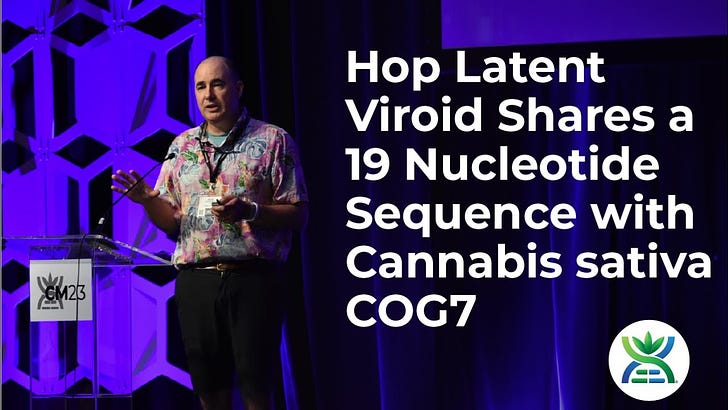


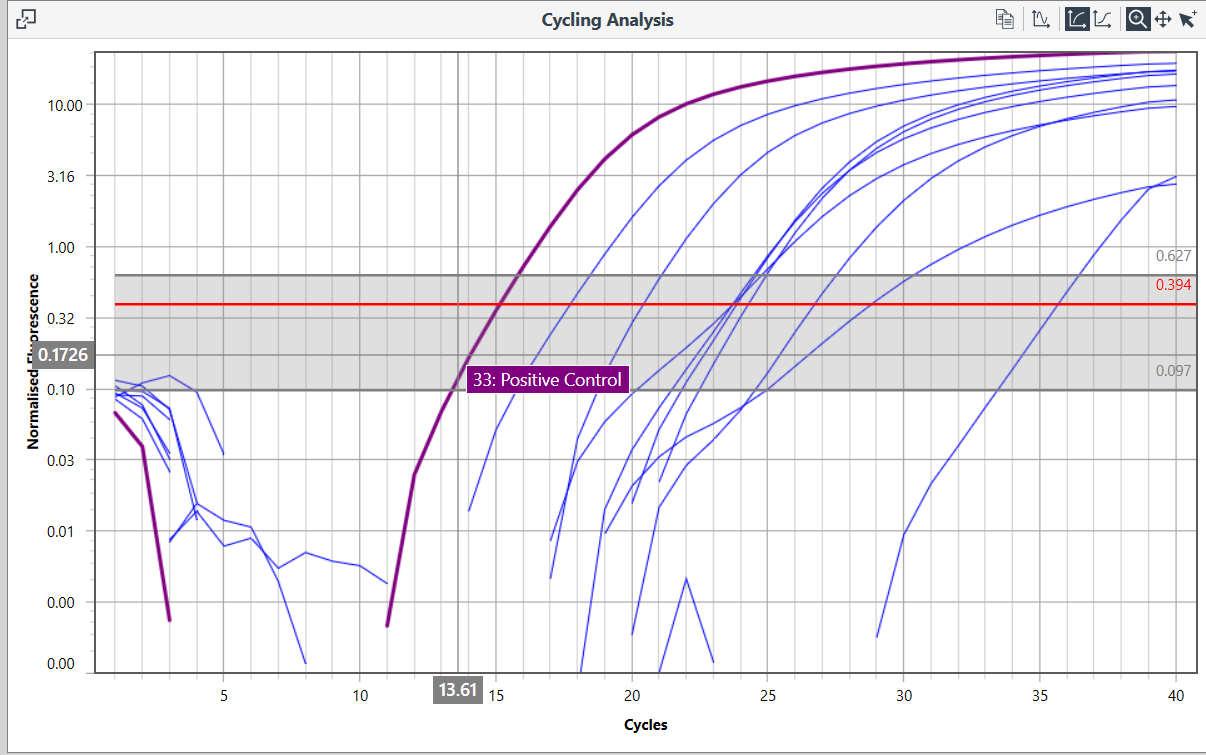
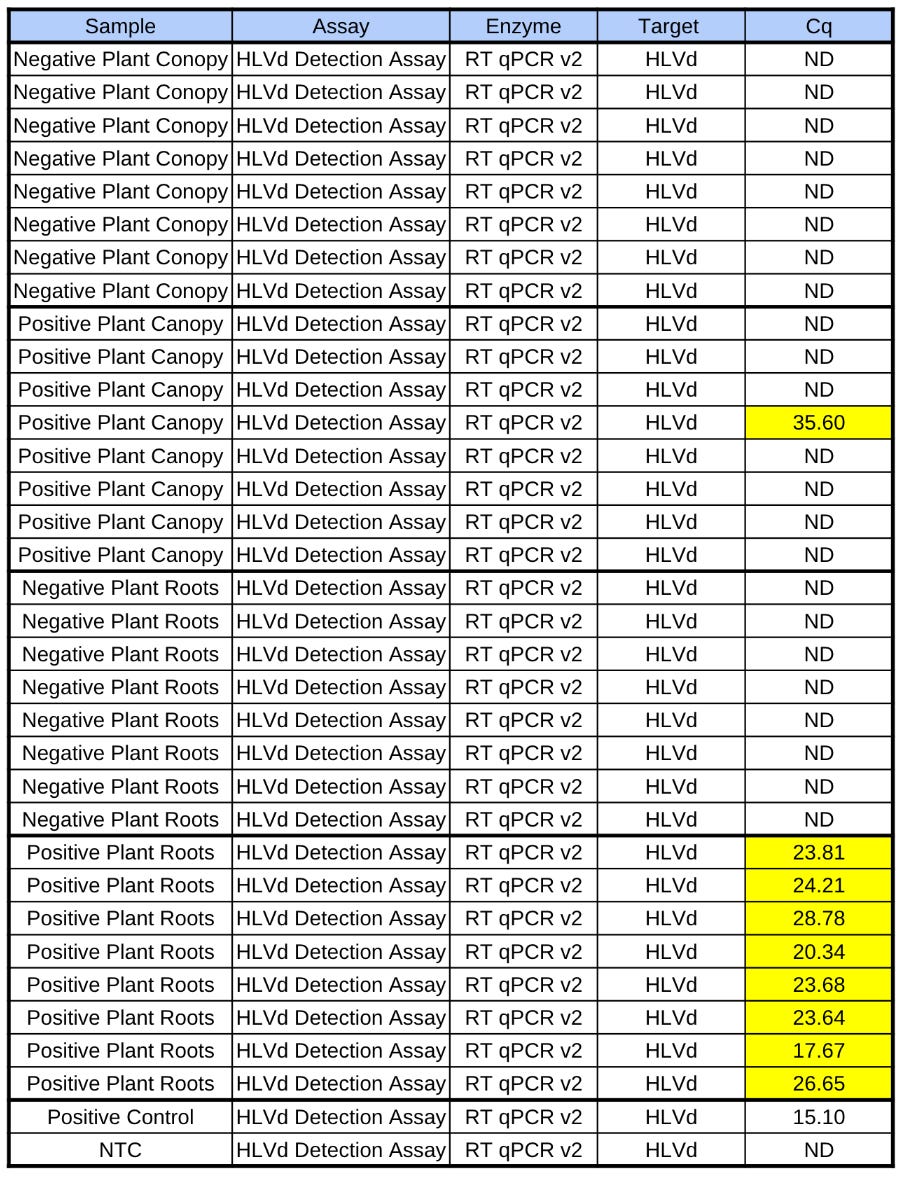
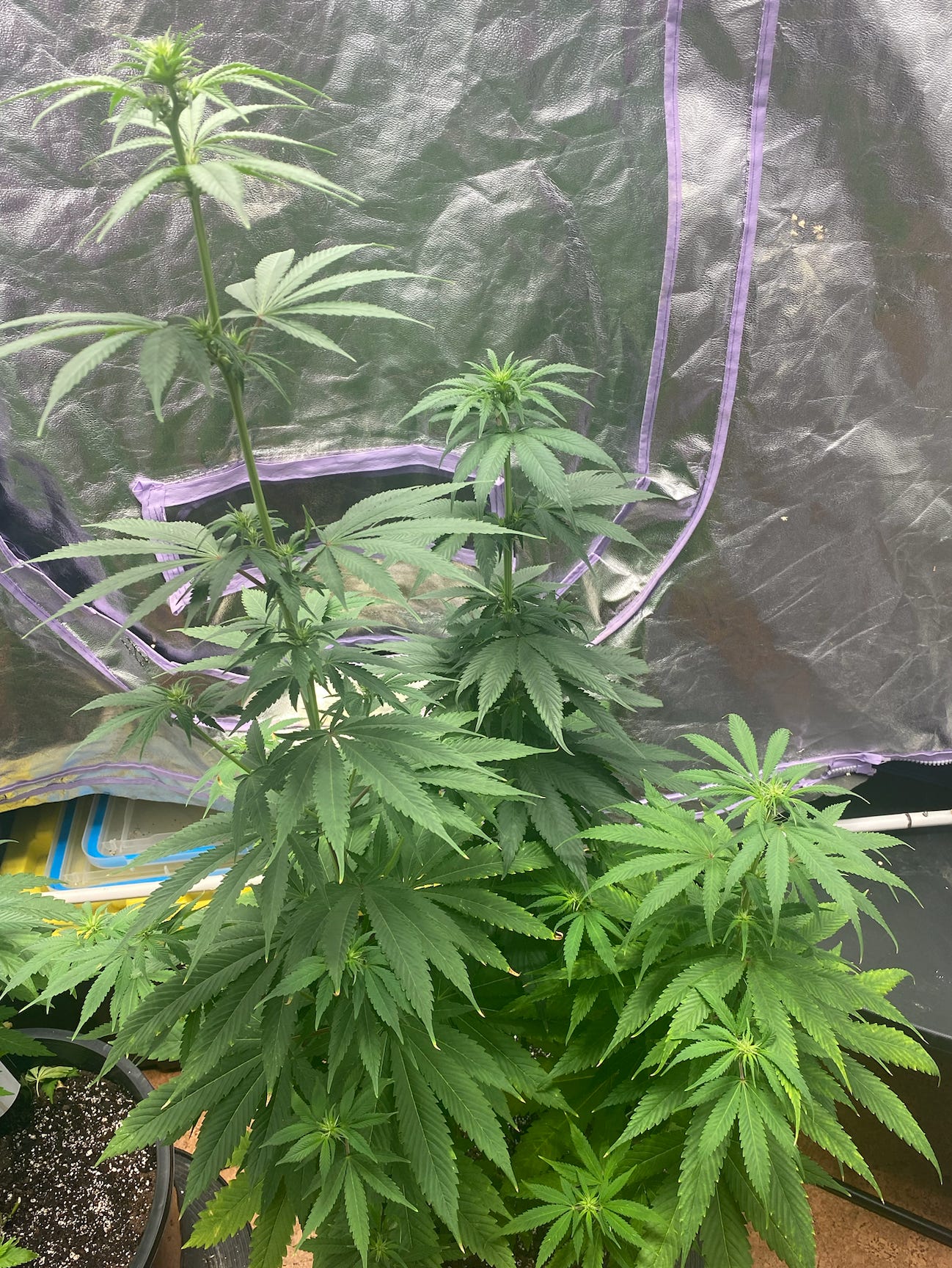
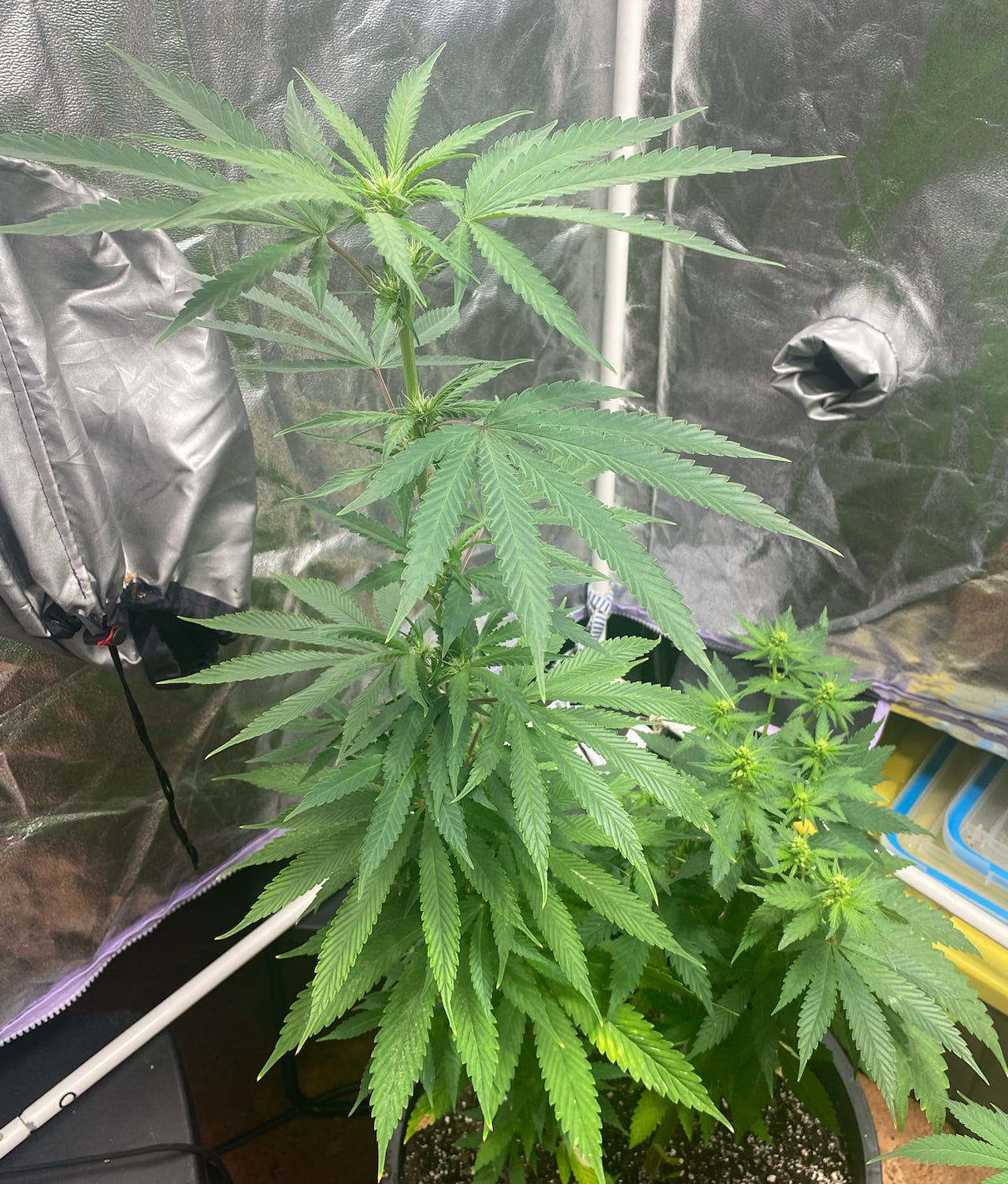
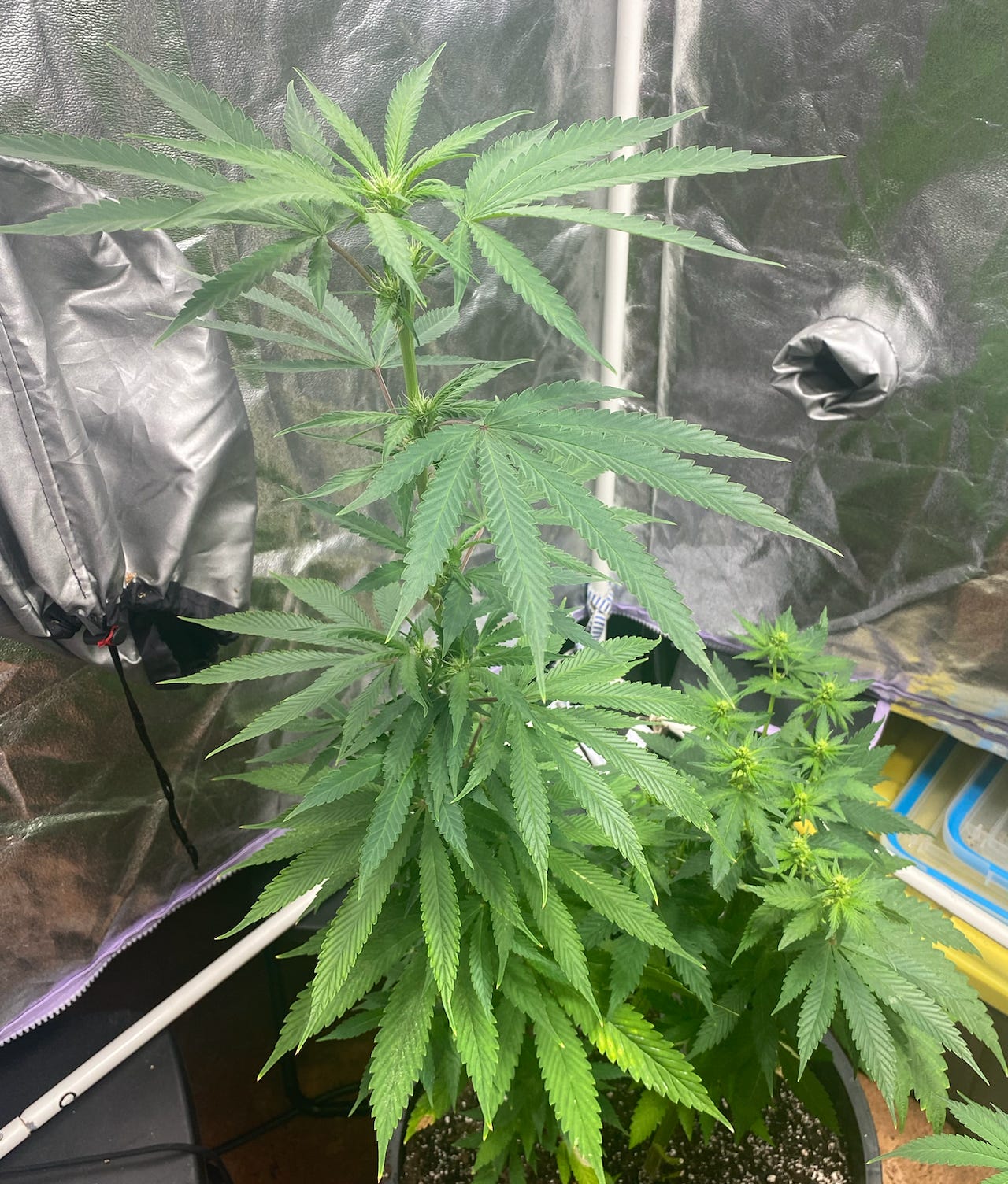

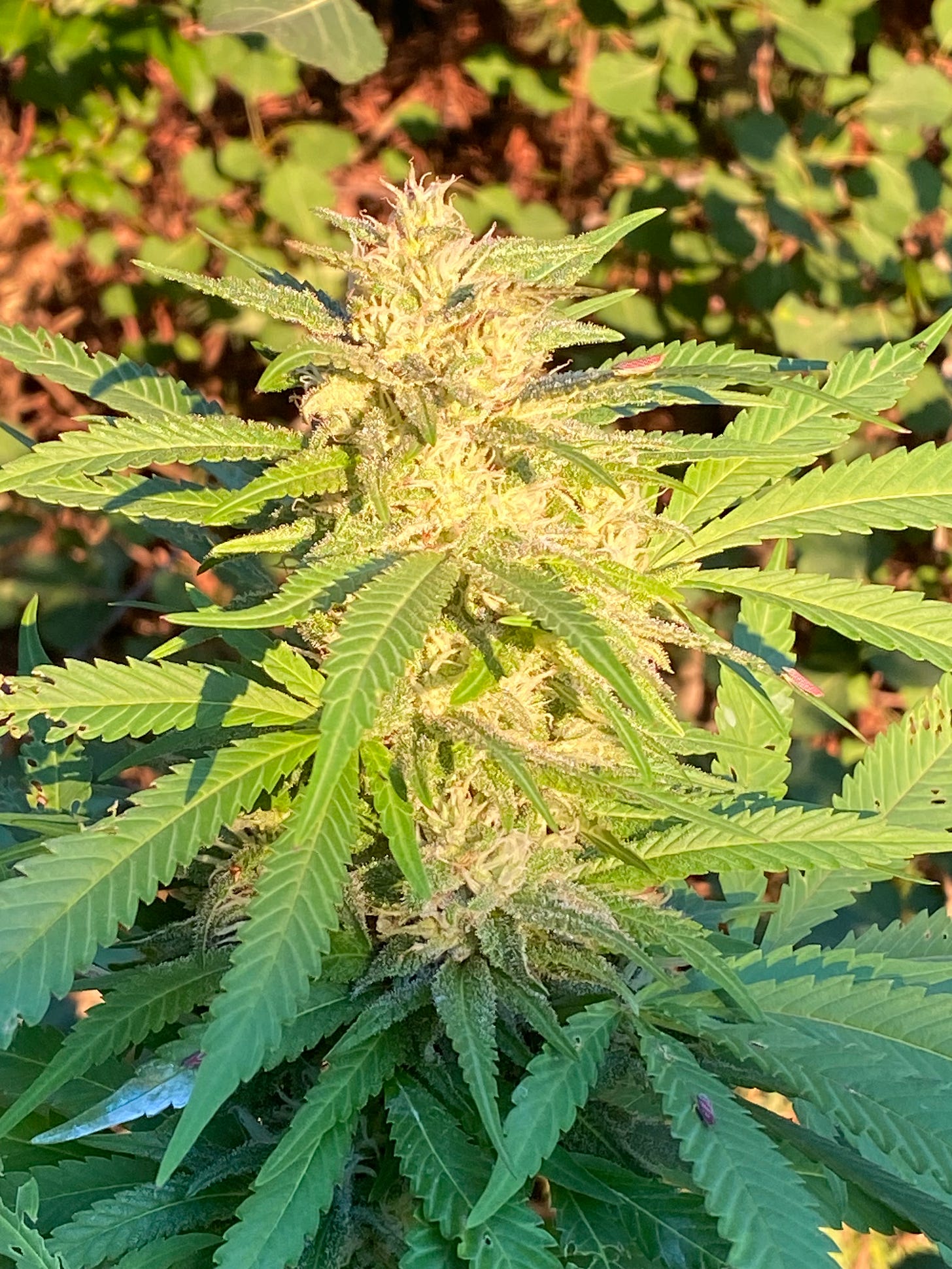

Oh My God, please help us!!!
🤗🤗🤗